Sithathoriunet
Brilliant_Rock
- Joined
- Sep 21, 2008
- Messages
- 1,691
ok, so we got back...hubby and i and i had a little fun with some great ring pics..this is a collage to show the actual size of diana''s sapphire ring..we all have read and seen the rumors about how big it was and it just seems to comtinue to get larger! i wish they could grow bigger with age!!!LOL anyhow, my point is, i took two pics of di''s ring...sorry they are a smidge blurry..and one of mine..you''ve see the pic..anywho, i made my fingers the same size as her fingers in the pics. this will put the rings at about the appropriate sizing..and you can see for that ..they are about the same size...which makes her sapphire about a 7 carat stone..maybe 7.5...
i''m such a detective eh everyone???LOL
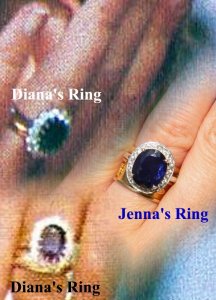
i''m such a detective eh everyone???LOL


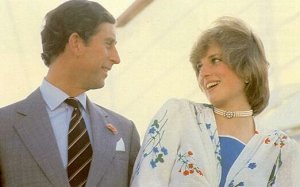
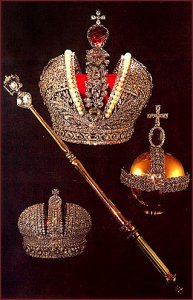
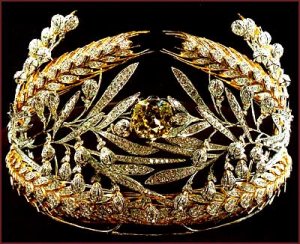
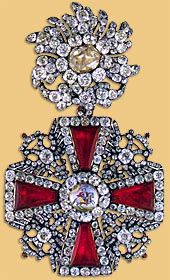
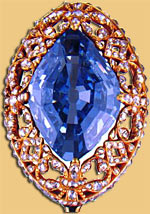
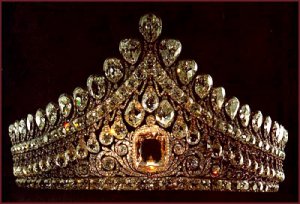
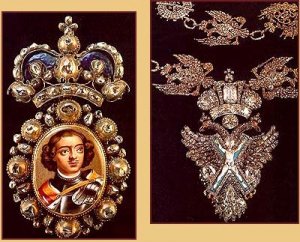
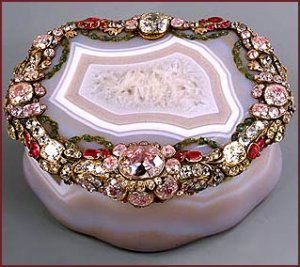
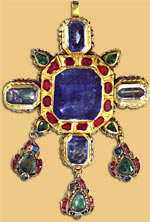
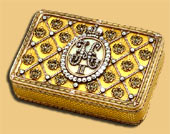
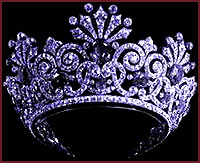
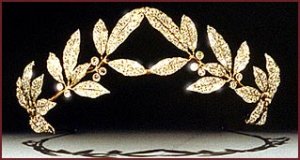
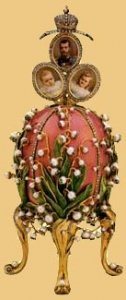
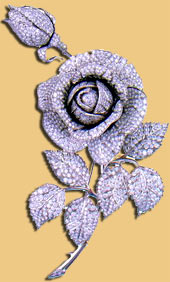
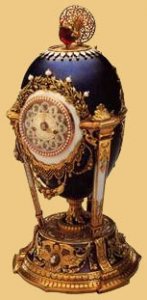
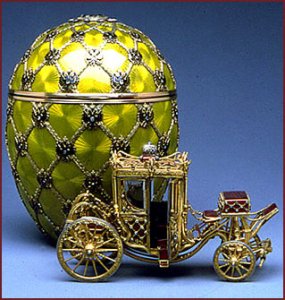
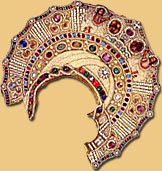
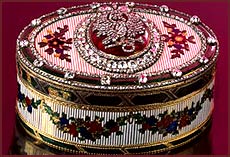
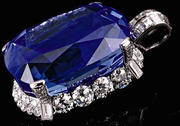
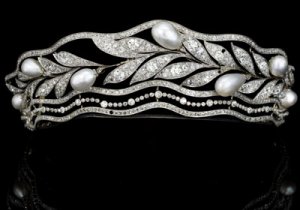
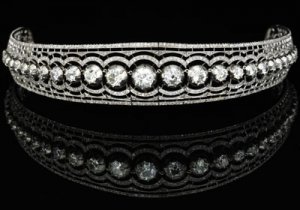
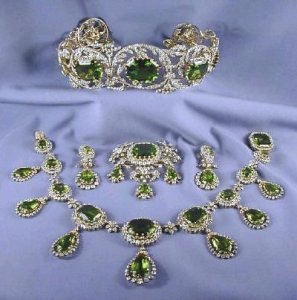
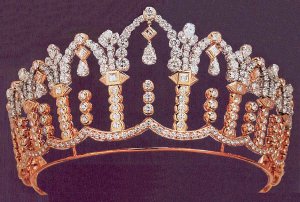
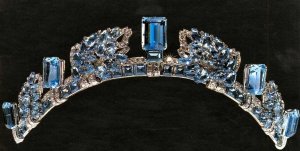
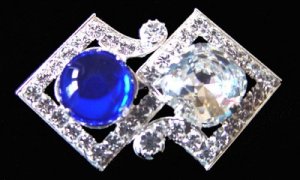


300x240.png)